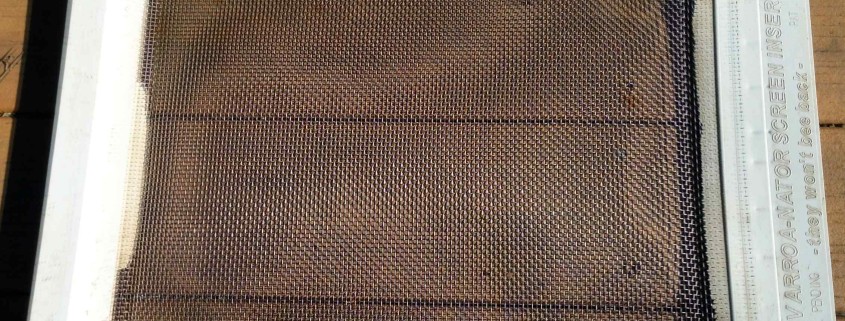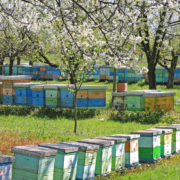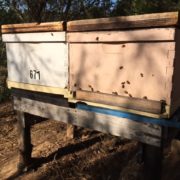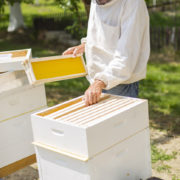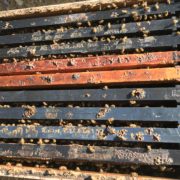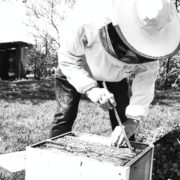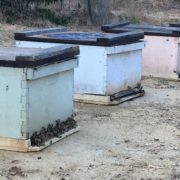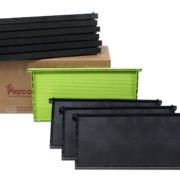The Screened Bottom Board
When varroa mites first came on the scene in the United States during the late 1990’s, screened bottom boards followed shortly thereafter. The concept of screened bottom boards appears to be sound: varroa mites often fall off of bees to the bottom of the hive. If the mites are regularly falling off the bees, then why not use a screened bottom so that the varroa mites continue their fall right out the bottom of the beehive? Mathematically, any reduction in the growth of varroa is bound to help the colony of honeybees.
The main problem with the screened bottom board, is that over many years, no one has ever definitively proven that it works. One question that remains to be answered satisfactorily, is that if the beehive is placed on the ground then what is to prevent the mites from simply crawling back up into the colony?
Nevertheless, at Wildflower Meadows we committed to using screened bottom boards a number of years ago, and currently run the majority of our colonies over screened bottoms. In any case, screened bottom boards provide excellent added ventilation. The screened bottoms also allow the debris from the beehive to fall away from the bees creating a hygienic environment, much in the same way that a feral beehive generally has no bottom.

